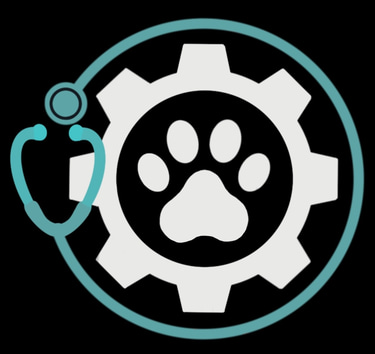Navigating the World of Animal Assistive Devices
4/30/20252 min read


Advancing Animal Mobility: The Evolution and Future of Veterinary Assistive Devices
At VetCraft, we are passionate about enhancing the lives of animals through innovative assistive devices. Our mission is to provide affordable, custom-made prosthetics, braces, and wheelchairs that improve mobility and quality of life for pets. This blog post delves into the history, current advancements, species-specific considerations, and how VetCraft stands out in the field of veterinary assistive technology.
A Brief History of Animal Assistive Devices
The concept of prosthetics dates back centuries, primarily focused on human applications. However, the adaptation of prosthetics for animals is a more recent development. Initially, animal prosthetics were rudimentary and often repurposed from human designs. Over time, the recognition of pets as family members spurred advancements in veterinary prosthetics, leading to more specialized and effective solutions.
Modern Materials and Techniques
Today's veterinary assistive devices benefit from cutting-edge materials and technologies:
3D Printing: This technology allows for precise, customizable, and cost-effective production of prosthetics tailored to each animal's unique anatomy.
Advanced Materials: The use of lightweight, durable materials such as carbon fiber and medical-grade plastics ensures comfort and longevity.
Osseointegration: This surgical technique involves anchoring the prosthetic directly to the bone, providing improved stability and control.
These innovations have revolutionized the field, making assistive devices more accessible and effective for a variety of animals.
Species-Specific Considerations
While many animals can benefit from assistive devices, certain species present unique challenges and opportunities:
Dogs: Dogs are the most common recipients of prosthetics due to their size, activity level, and adaptability. Their cooperative nature often makes them ideal candidates for rehabilitation with assistive devices.
Cats: Cats can be more challenging due to their independent behavior and sensitivity to foreign objects. However, with proper acclimation and design, they can also benefit from prosthetics and braces.
Other Animals: Advancements have extended to other species, including horses, turtles, and birds, showcasing the versatility and potential of veterinary prosthetics.
VetCraft's Commitment to Affordable, Custom Solutions
At VetCraft, we combine years of veterinary and engineering expertise to deliver high-quality, custom assistive devices at a fraction of the cost of traditional options. Our approach includes:
Personalized Design: Utilizing 3D scanning and printing, we create devices tailored to each animal's specific needs.
Cost-Effective Solutions: By streamlining our production process, we offer affordable options without compromising on quality.
Expert Collaboration: Our of VetCrafters have experience in both veterinary medicine and engineering to ensure optimal outcomes for each patient.
We believe that every pet deserves the chance to live a full, active life, and we are dedicated to making that a reality through our innovative assistive devices.
Conclusion
The field of veterinary assistive devices has made significant strides, transforming the lives of countless animals. At VetCraft, we are proud to be at the forefront of this evolution, offering accessible and customized solutions that empower pets to regain mobility and independence. If your pet could benefit from a prosthetic, brace, or wheelchair, contact us to learn how we can help.
VetCraft
Empowering Pets Daily
Contact
subscribe to our newsletter to be the first to hear about special promotions
+1(919)599-9616
© 2025. All rights reserved.
